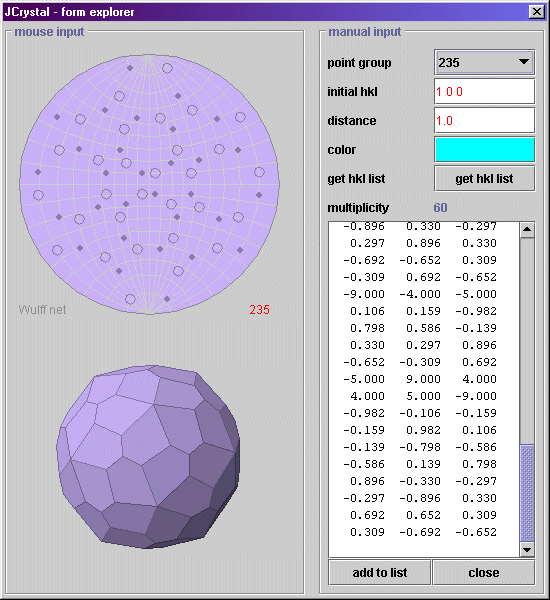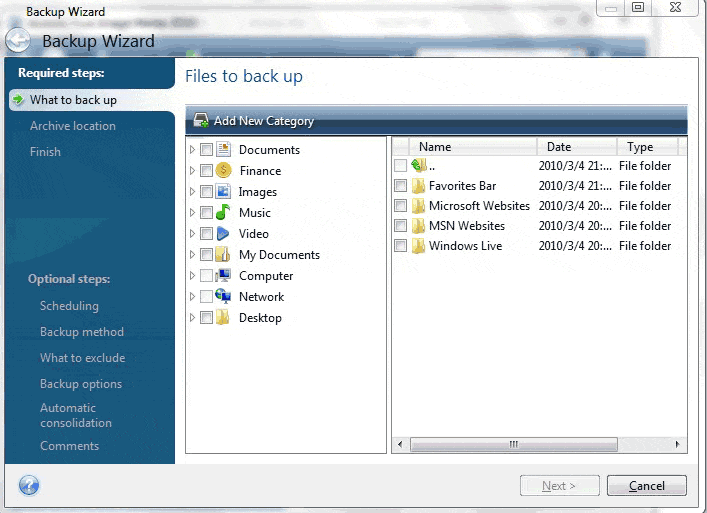

- #CRYSTALDIFFRACT FILE TYPES HOW TO#
- #CRYSTALDIFFRACT FILE TYPES PDF#
- #CRYSTALDIFFRACT FILE TYPES PORTABLE#
The Microsoft Information Protection SDK supports labeling and protection of Power BI. PowerPoint 2007 (supported by AD RMS only) PowerPoint 2010 PowerPoint 2013 PowerPoint 2016ģ2-bit: Limited only by available disk space and memory 64-bit: Limited only by available disk space and memory Word 2007 (supported by AD RMS only) Word 2010 Word 2013 Word 2016Įxcel 2007 (supported by AD RMS only) Excel 2010 Excel 2013 Excel 2016ģ2-bit: 2 GB 64-bit: Limited only by available disk space and memory Lesser defaults for legacy Office platforms still apply. This setting can be overridden if required. Starting in Microsoft Information Protection SDK 1.6, the default maximum file size is 6 GB. You can change the default level of native to generic, from generic to native, and even prevent the Microsoft Information Protection SDK from applying protection. You can change the default protection level that the Microsoft Information Protection SDK applies. rtf, and so on) that are not supported by native protection. This is the default protection for all other file types (such as.
#CRYSTALDIFFRACT FILE TYPES PORTABLE#
This is the default level of protection for the following file types: - Text and image files - Microsoft Office (Word, Excel, PowerPoint) files - Portable document format (.pdf) For more information, see the following section, Supported file types for classification and protection. Audit logging of authorized users opening and accessing files occurs. Usage rights and policy set by the content owner are displayed to inform authorized users of the intended usage policy. If authorization fails, the file does not open. Additionally, usage rights and policy that were set by the content owner when the files were protected are enforced when the content is rendered in either the Azure Information Protection viewer (for protected text and image files) or the associated application (for all other supported file types).įile protection is enforced in the following ways: - Before protected content is rendered, successful authentication must occur for people who are authorized to open the file and given access to it. pfile file type and authentication to verify if a user is authorized to open the file.įiles protection is enforced in the following ways: - Before protected content is rendered, successful authentication must occur for those who receive the file through email or are given access to it through file or share permissions.
#CRYSTALDIFFRACT FILE TYPES PDF#
pdf files, and other application file types that support a Rights Management service, native protection provides a strong level of protection that includes both encryption and enforcement of rights (permissions).įor all other applications and file types, generic protection provides a level of protection that includes both file encapsulation using the. Type of protectionįor text, image, Microsoft Office (Word, Excel, PowerPoint) files. The Microsoft Information Protection SDK supports protection at two different levels, as described in the following table.

You could also apply just protection to these files, without classification. For these file types, see the Supported file types for classification and protection section.įor example, if a label General, applies classification and does not apply protection, you could apply the General label to a file named sales.pdf but you could not apply this label to a file named sales.txt.Īlso, if a label Confidential \ All Employees applies classification and protection, you could apply this label to a file named sales.pdf and a file named sales.txt.
xltxĪdditional file types support classification when they are also protected. The supported file formats for these file types are the 97-2003 file formats and Office Open XML formats for the following Office programs: Word, Excel, and PowerPoint. Microsoft Office: File types in the following table. The following file types can be classified even when they are not protected. File types supported for classification only
#CRYSTALDIFFRACT FILE TYPES HOW TO#
Use the following information to check which file types the Microsoft Information Protection SDK supports, understand the different levels of protection and how to change the default protection level, and to identify which files are automatically excluded (skipped) from classification and protection. The Microsoft Information Protection SDK can also inspect the content of some file types using well-known sensitive information types or regular expressions that you define. The Microsoft Information Protection SDK can apply the following to documents and emails:


 0 kommentar(er)
0 kommentar(er)
